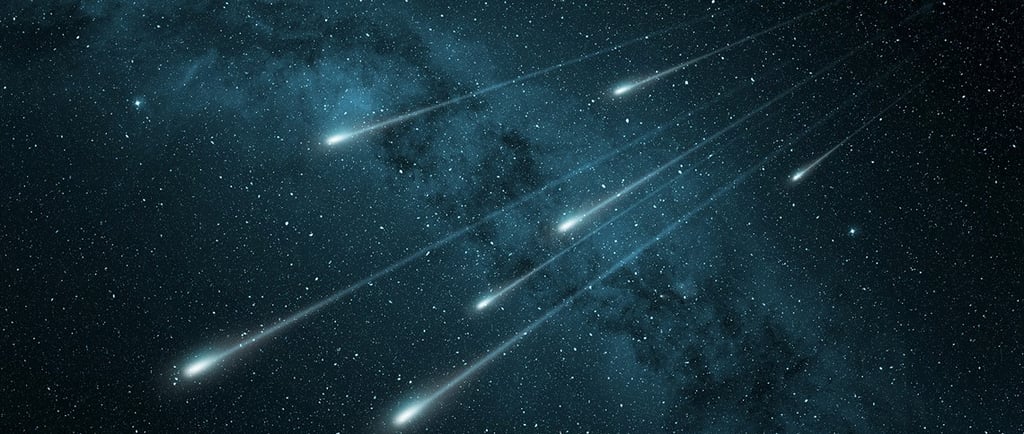The Eta Aquarid Meteor Shower


Introduction to the Eta Aquarid Meteor Shower
The Eta Aquarids are one of the most anticipated meteor showers of the year, known for their breathtaking display and remarkable speed. This year's peak is expected to occur on May 6-7, providing an excellent opportunity for stargazers and astronomy enthusiasts to marvel at the cosmic spectacle. With meteors traveling at an astonishing speed of about 40.7 miles per second, this event promises to be an unforgettable experience.
What to Expect During the Peak
As the Earth passes through the debris left by Halley's Comet, the Eta Aquarids offer a unique chance to observe swift meteors lighting up the night sky. During the peak nights, observers can expect to see about 20 meteors per hour under optimal dark-sky conditions, with some particularly bright trails that can leave viewers in awe. Perfect conditions for viewing will ideally be a location away from urban light pollution and a clear view of the horizon.
The Science Behind the Eta Aquarids
The Eta Aquarids are named after the constellation Aquarius, from which the meteors seem to originate. Although they are best viewed from the Southern Hemisphere, observers in the Northern Hemisphere can also enjoy the show, especially towards the end of the night. The meteors are renowned for their rapid velocities, making them one of the fastest meteor showers. This is primarily due to the speed at which the Earth encounters the particles, which have been traveling through space at high velocities from the tail of Halley's Comet.
For those planning to enjoy the Eta Aquarids this May, it's advisable to find a suitable viewing spot away from artificial light and to allow your eyes to adapt to the dark for at least 20 minutes. Bring a blanket or a reclining chair, lie back, and gaze up at the heavens to witness the dynamic flow of meteors shooting across the sky.
In conclusion, the Eta Aquarid meteor shower on May 6-7 presents a unique opportunity to witness nature's grandeur. As the meteors streak across the night sky at 40.7 miles per second, they remind us of the beauty and wonder of our universe, encouraging both reflection and appreciation for these celestial events. Don't miss out on this stellar occurrence, and prepare for an evening of breathtaking astronomical entertainment!
